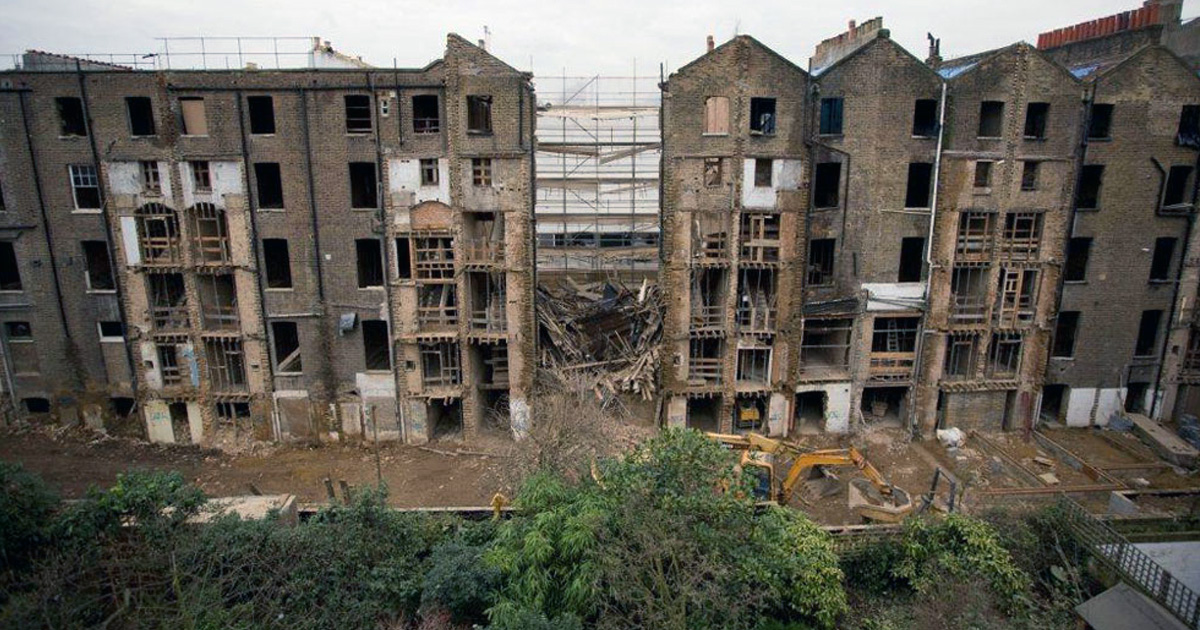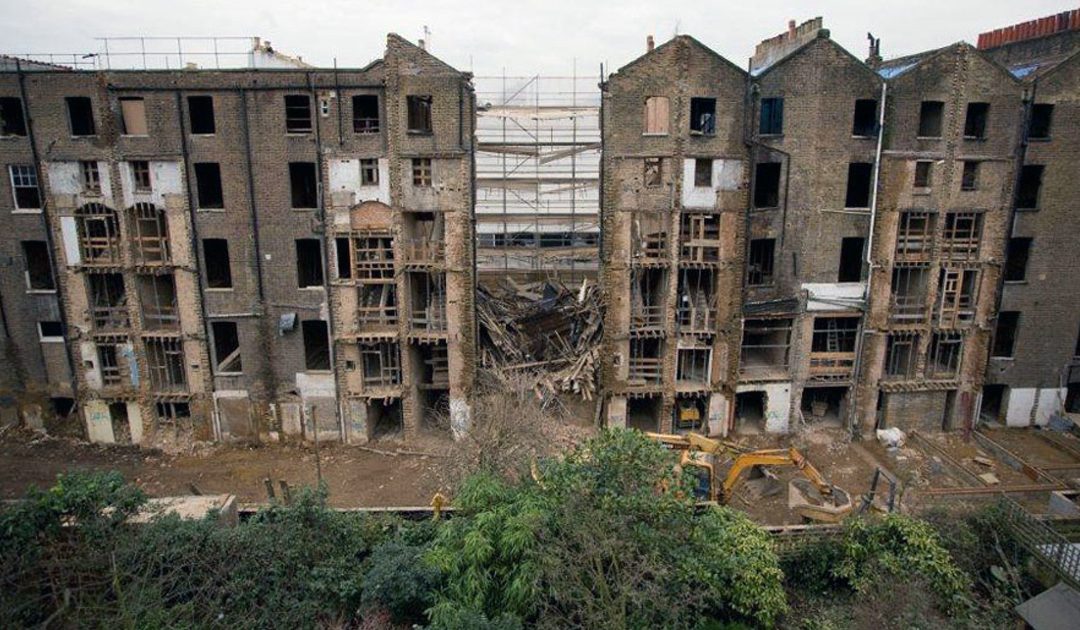
6) Hypersensitivity and sensitivity
This is the sixth in a short series of posts which assesses the consequences of the judgment of Leggatt JSC in Fearn v. Tate Gallery Trustees [2023] UKSC 4 [2023] 1 WLR 339. Leggatt JSC’s majority judgment elevated a variety of themes conventionally used to determine what is a nuisance into a set of applicable ‘principles’. These posts are a summary of those principles.
Post (1) was a historical examination of case law which showed that the current notion of the “threshold” test is no lower than it was when it was originally established in Walter v. Selfe (1851). Post (2) [LINK] explains that whilst “threshold” is an objective test, it is also adapted by judges to reflect individual reactions to different nuisances. Post (3) was concerned with the scope of the tort of private nuisance, given that this is a tort protecting land rights. Post (4) considered the counterintuitive fact that “coming to” a nuisance is not a defence. Post (5) discussed the key concepts of “unreasonable use”, “reasonable user” and reciprocity, and also demonstrated that the use of “best practicable means” is no defence.
Whilst “hypersensitive” is an adjective connected with the degree of anxiety which may be experienced by a claimant, “sensitivity” is concerned with the state of the land which may be affected by an emanation amounting to a nuisance. A hypersensitive claimant is doomed to fail in an action because he or she does not have a suitably objective approach to the nuisance affecting the amenity value of the land. Whether or not the land itself, or a particular enjoyment of that land, may be said to be too “sensitive” in respect of the nuisance itself, is a more difficult question which the Fearn proceedings have done much to resolve.
First, there is the important decision of Robinson v. Kilvert (1889), in which land had been used in a special (rather than in an ordinary) way, and in which the Court of Appeal had ruled that this special use could not increase the liabilities of a neighbouring user of land. In that case, exceptionally sensitive brown paper was damaged by heat from the landowner’s cellar, but the claim failed. In Network Rail Infrastructure (2004), Buxton LJ appeared to criticise this principle, but in a postscript to his judgment, the trial judge in Fearn, Mann J, rejected that criticism. Leggatt JSC agreed with Mann LJ (judgment at para.26): “A man cannot increase the liabilities of his neighbour by applying his own property to special uses, whether for business or pleasure” (citing a House of Lords case decided in 1902).
In the context of an ‘ordinary’ use of land however, matters stand otherwise.
In Fearn itself, the flat-owning claimants had used parts of their properties which faced the viewing platform of the Tate gallery for ordinary domestic purposes, rather than as originally intended, as forms of balcony. Leggatt JSC decided that in the context of the particular locality of South London, the use of glass from wall to ceiling was not unusual, so that since the domestic flats constituted an ‘ordinary’ use of land, the defendant could not appeal to a principle of abnormal sensitivity. In any event, the degree of interference from the special use of land at the Tate meant that the principle of reciprocity, or of ‘give and take’ (i.e. reasonable user), displaced any plea to sensitivity of use.
The end result is that, save perhaps for very extreme cases, the particular physical attributes of a building will not assist a defendant in alleging that a claimant has only brought the effects of a nuisance on him- or herself.
Gordon Wignall
23 May 2023
